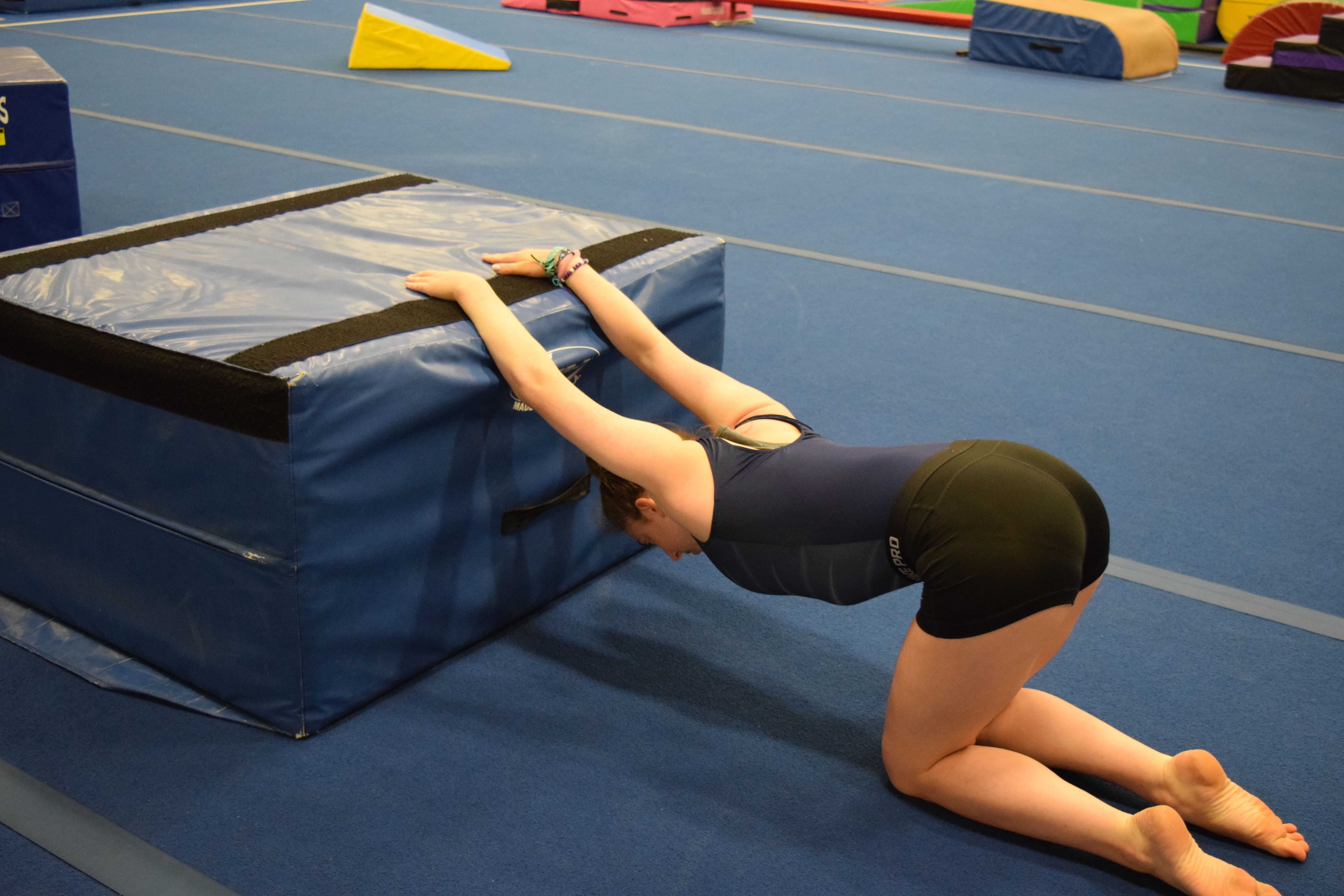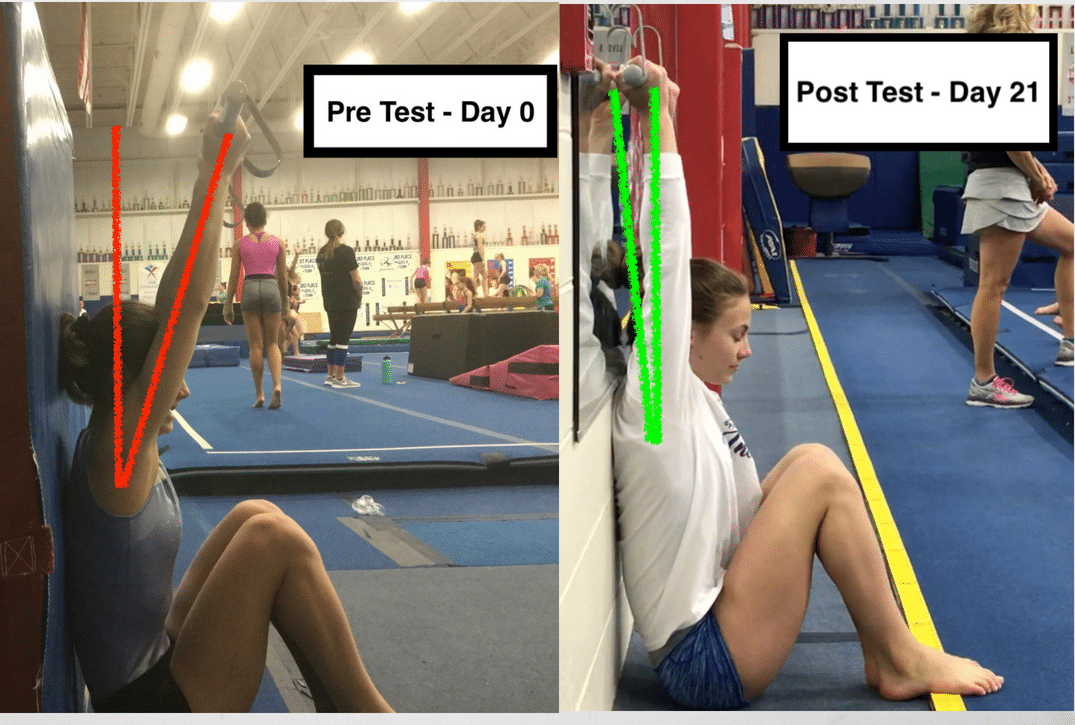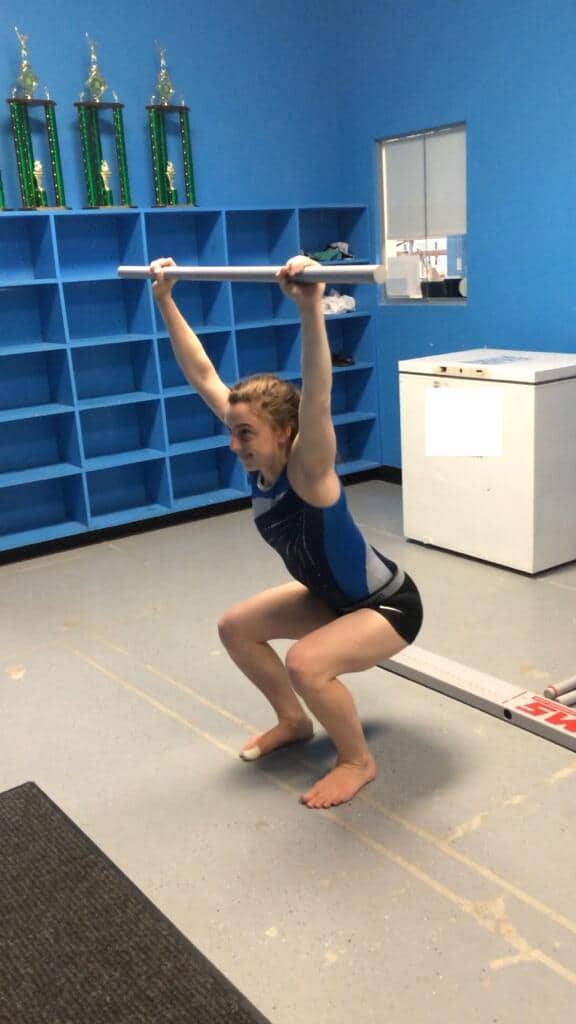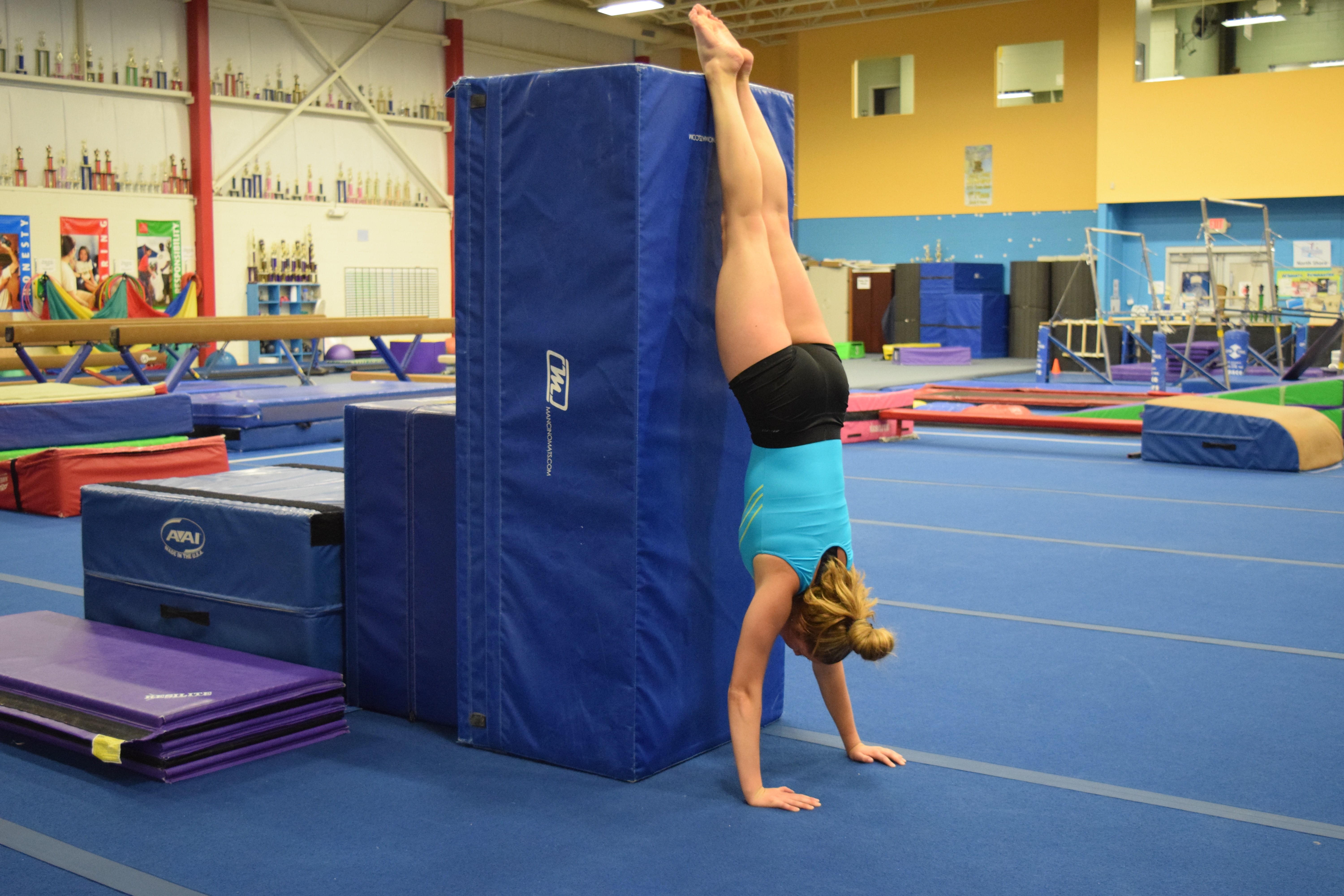The Biggest Gymnastics Flexibility Mistakes I Made As A Younger Coach, and What I Do Now
Today’s podcast is a heavily requested topic I get asked about frequently.
What is the best approach to flexibility?
What have I learned? What have I changed? What do I do now when making flexibility programs?
In this episode, I summarize five of the biggest mistakes that I used to make as a younger coach and medical provider, and what I do differently now based on all the things that I’ve read, learned, and the people I’ve worked with.
I have spent the last 10 years working on flexibility as it was something I was really interested in as a younger coach.
I’ve made a lot of mistakes, I’ve learned a lot of things that don’t work, I’ve seen a lot of things that do work.
In the podcast I break down exactly what the research says about how many days you should stretch, the most effective exercises to do, ways to make things actually stick long term for kids that are really struggling with split or handstand and flexibility and how do we apply this to sports that need a lot of flexibility like rhythmic gymnastics, cheerleading, dance, and circus.
I’ll explain how to apply science-based evidence methods to make flexibility training more effective plus save time and save effort, but also keep it as safe as possible.
I DISCUSS; Why consistency not intensity is key.
Which type of stretching is the best.
What is the most effective dosage for stretching?
The importance of eccentric strength training for flexibility.
And…
Does stretching change muscle length over time or does it change our tolerance to stretch?
If you are interested in flexibility training, we have put this podcast out in conjunction with a huge course launch that we’ve been working on,
The Gymnastic Flexibility Blueprint
…is your one-stop-shop for everything flexibility, made into an easy-to-follow summary of what the research says to help build your own programs.
The exact split, pike, pancake, shoulder, wrist, and ankle flexibility circuits that I use, all the exercises that are really important, plus the best active flexibility drills.
So if you guys want to check out a comprehensive online course for flexibility, The Gymnastic Flexibility Blueprint that’s available now:
www.shiftmovementscience.com/GFBcourse
To listen to the podcast on iTunes, Spotify, or Stitcher click below:
The Biggest Gymnastics Flexibility Mistakes I Made As A Younger Coach,
and What I Do Now
- The Relation Between Stretching Typology and Stretching Duration: The Effects on Range of Motion – https://pubmed.ncbi.nlm.nih.gov/29506306/
- Acute Effects of Dynamic Stretching on Muscle Flexibility and Performance: An Analysis of the Current Literature – https://pubmed.ncbi.nlm.nih.gov/29063454/
- Acute Effects of Static Stretching on Muscle Strength and Power: An Attempt to Clarify Previous Caveats – https://www.ncbi.nlm.nih.gov/pmc/articles/PMC6895680/
- Biceps femoris long head sarcomere and fascicle length adaptations after 3 weeks of eccentric exercise training – https://www.sciencedirect.com/sdfe/reader/pii/S2095254621000995/pdf
- The Effectiveness of Post-exercise Stretching in Short-Term and Delayed Recovery of Strength, Range of Motion and Delayed Onset Muscle Soreness: A Systematic Review and Meta-Analysis of Randomized Controlled Trials – https://pubmed.ncbi.nlm.nih.gov/34025459/
- Increased range of motion after static stretching is not due to changes in muscle and tendon structures – https://pubmed.ncbi.nlm.nih.gov/24856792/
- Increasing muscle extensibility: a matter of increasing length or modifying sensation? – https://pubmed.ncbi.nlm.nih.gov/20075147/
- Three-dimensional mathematical model for deformation of human fasciae in manual therapy – https://pubmed.ncbi.nlm.nih.gov/18723456/
- The effects of 12 weeks of static stretch training on the functional, mechanical, and architectural characteristics of the triceps surae muscle-tendon complex – https://www.ncbi.nlm.nih.gov/pmc/articles/PMC8144166/
Hope it helps!
– Dave
Dr. Dave Tilley DPT, SCS, CSCS
CEO/Founder of SHIFT Movement Science











